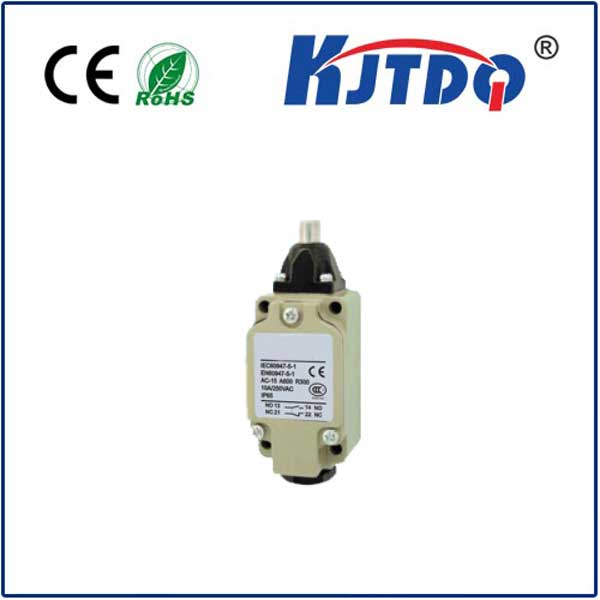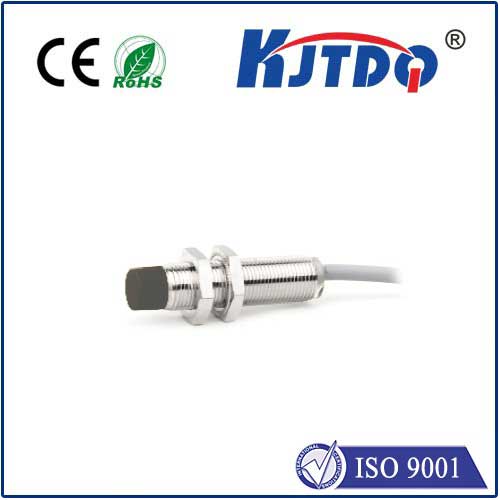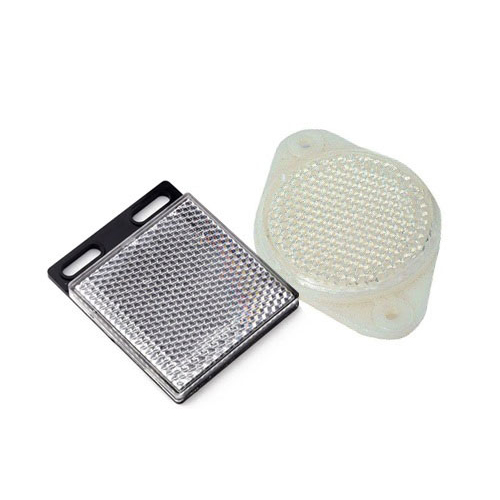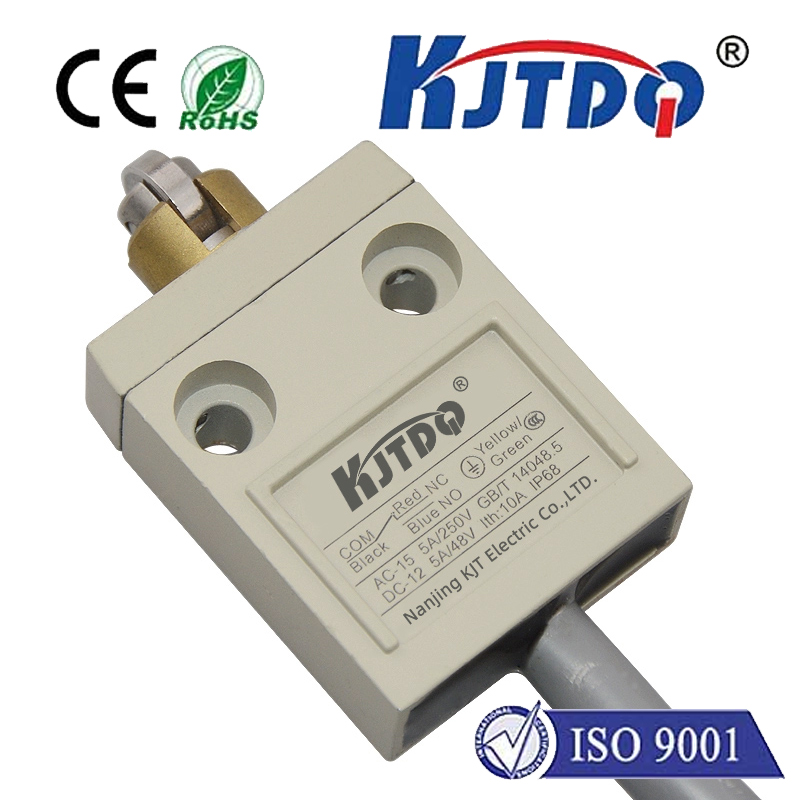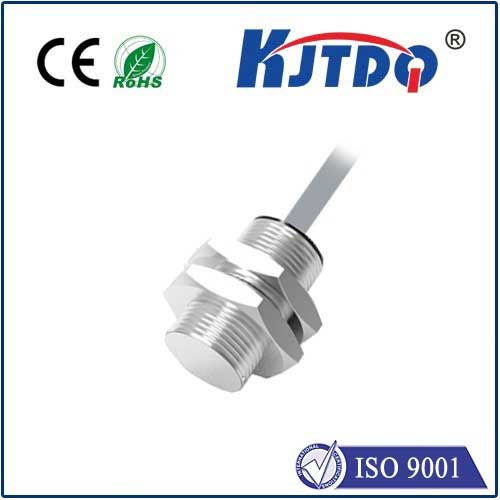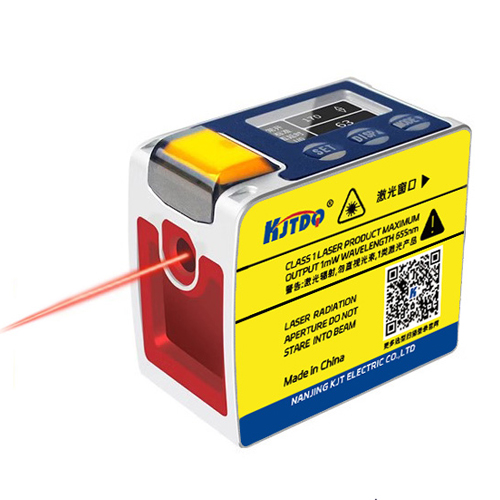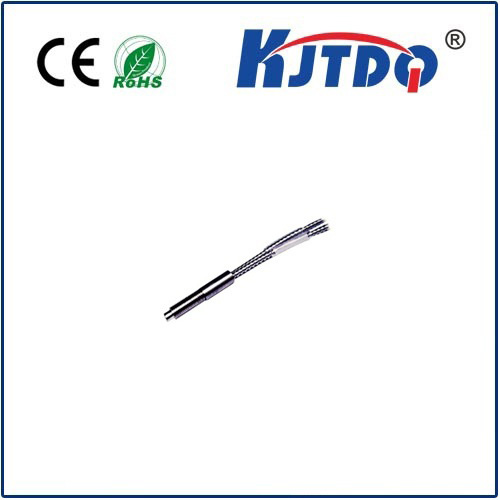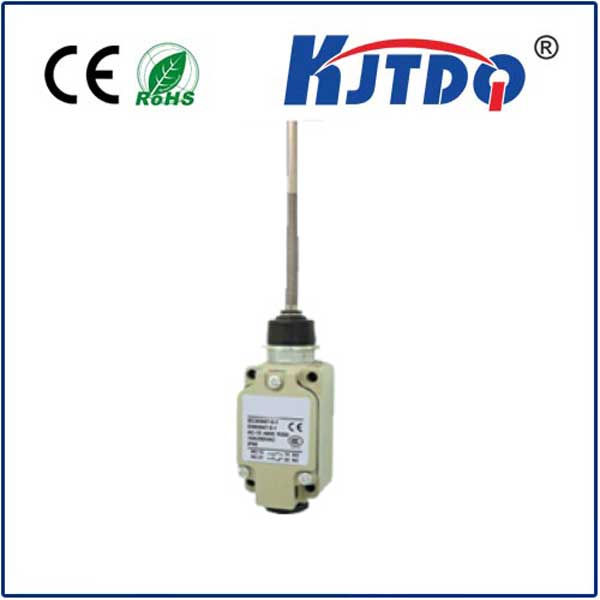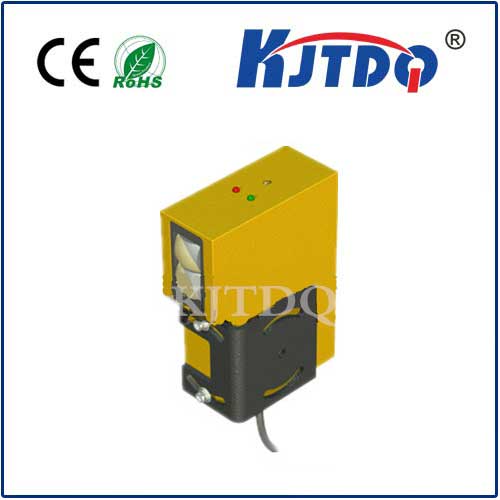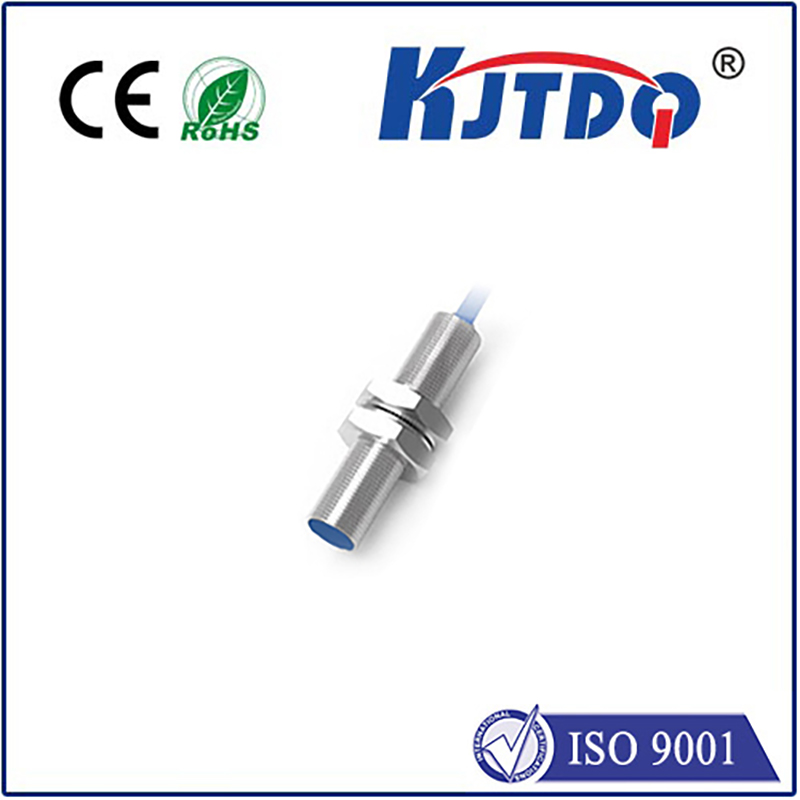

check

check

check

check

check

check

check

check

check

check
Laser distance sensors have become an indispensable tool in various industries due to their ability to provide highly precise measurements. These sensors use laser beams to measure the distance between two points with extreme accuracy, making them ideal for applications that require high levels of precision and reliability. In this article, we will explore the features, benefits, and potential applications of high precision laser distance sensors.
High precision laser distance sensors operate by emitting a narrow beam of laser light towards a target object. The laser bounces off the target and returns to the sensor, where it is detected by a photodiode or other light detection devices. The time it takes for the laser to travel to the target and back is measured using sophisticated timing electronics, allowing the sensor to calculate the distance between itself and the target object with extremely high accuracy.
One of the key features of high precision laser distance sensors is their ability to provide highly accurate measurements over long distances. This makes them ideal for use in industrial settings where precise measurements are critical for quality control and production efficiency. Additionally, these sensors are often equipped with advanced data processing capabilities, allowing them to perform complex calculations and analyses in real-time. Another advantage of high precision laser distance sensors is their versatility. They can be used in a wide range of applications, from automotive manufacturing to construction management to robotics and more. This flexibility makes them an essential tool for businesses looking to optimize their operations and improve productivity.

There are several benefits associated with using high precision laser distance sensors in various industries:
Increased accuracy: As mentioned earlier, these sensors provide highly accurate measurements over long distances, which is essential for ensuring product quality and minimizing errors in production processes.
Improved efficiency: By reducing the need for manual measurements and human intervention, high precision laser distance sensors help streamline operations and reduce labor costs. This leads to increased productivity and faster turnaround times for projects.
Enhanced safety: In many industrial applications, such as machinery monitoring or hazardous environment inspection, high precision laser distance sensors enable workers to maintain a safe distance from potentially dangerous equipment or conditions, reducing the risk of accidents and injuries.
Cost savings: Although high precision laser distance sensors may have a higher initial cost compared to traditional measurement methods, they offer long-term cost savings through increased efficiency, reduced downtime, and improved product quality.
The potential applications of high precision laser distance sensors are vast and varied, spanning multiple industries and sectors:
